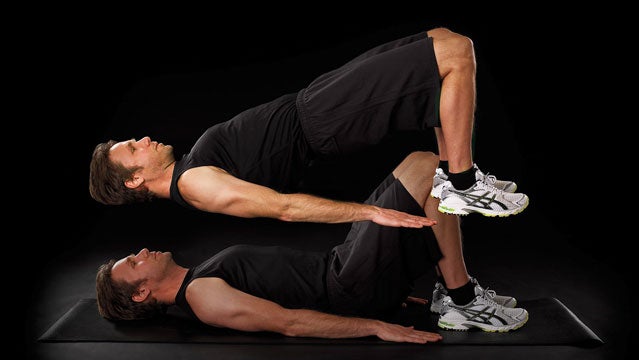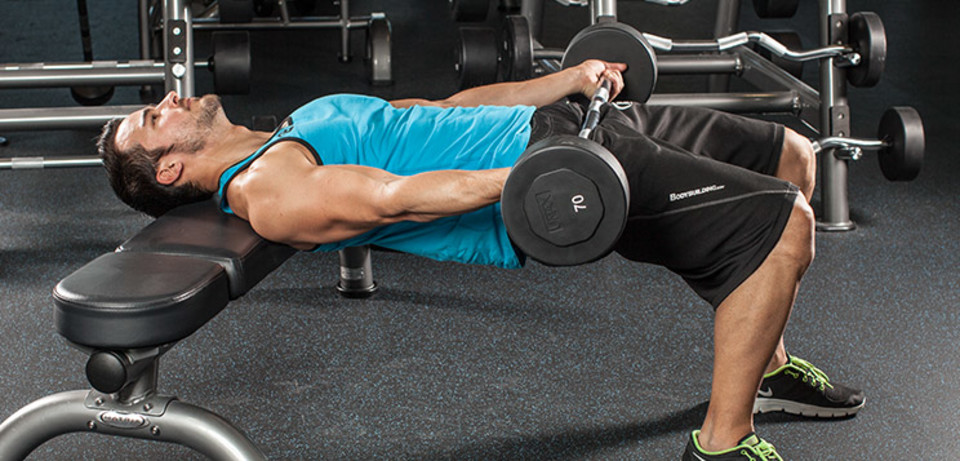How to Set Up Hip Thrusts for Beauticians and Trainers?
When it comes to building strength and enhancing your physical appearance, understanding how to set up hip thrust correctly is essential. This exercise is particularly popular among beauticians and fitness trainers who want to improve their clients aesthetics and provide them with knowledge about effective workouts.
Hip thrusts primarily target the glutes, making them an excellent choice for those looking to achieve a well-rounded physique. Furthermore, this article will cover not just the setup but also the variations, benefits, and tips for incorporating hip thrusts into your fitness routine.

The Primary Setup for Hip Thrusts
To get started on how to set up hip thrust, youll need the following equipment: a bench or elevated surface, a weight plate (if desired), and possibly a barbell. Heres a step-by-step guide:
1. Positioning the Bench
Select a sturdy bench that is about knee-height. Position it against a wall to prevent shifting. The bench should be stable enough to support your upper back during the lift.
2. Placement of Your Body
Sit on the ground with your shoulders resting against the edge of the bench. Roll a barbell over your legs and position it just above your hips. If you're using a weight plate, place it on your hips before starting.
3. Feet Position
Your feet should be shoulder-width apart, firmly gripping the ground. As you push through your heels, ensure that your toes remain pointed forward or slightly outward.
4. The Thrust Movement
Engage your core and squeeze your glutes as you lift your hips towards the ceiling. Avoid overarching your lower back. Aim to create a straight line from your knees to your shoulders at the peak of the lift.

Common Mistakes to Avoid
While learning how to set up hip thrust, there are several mistakes to watch out for:
1. Inadequate Foot Placement
Incorrect foot position can result in a lack of stability during the lift. Ensure your feet are placed correctly to maintain control.
2. Overarching the Back
Overextending your lower back can lead to injury. Keep your core engaged and ensure a neutral spine throughout the movement.
3. Using Too Much Weight Too Soon
Its vital to start with a manageable weight that allows you to maintain proper form. As you become more comfortable with the movement, gradually increase the weight.
Benefits of Hip Thrusts for Beauticians
The benefits of incorporating hip thrusts into your workout routine extend beyond simple aesthetics:
1. Sculpting the Glutes
Hip thrusts specifically target the glute muscles, helping to sculpt and shape the rear. This can be particularly beneficial for beauticians who value harmonious body proportions.
2. Enhancing Athletic Performance
Improving glute strength can enhance overall athletic performance, whether its running, cycling, or even physical activities associated with aesthetics.
3. Supporting Posture
By strengthening the glutes, hip thrusts can also support proper alignment and posture, which is essential for both work and wellness.

Adding Variations to Your Routine
Once you have mastered the basic hip thrust position, consider integrating various adaptations:
1. Single-Leg Hip Thrusts
This variation increases the difficulty while also engaging core stability. Raise one leg while performing the thrust and alternate sides.
2. Weighted Hip Thrusts
Progressively add weight (e.g., barbell or kettlebell) for more resistance once comfortable with the basic motion.
3. Banded Hip Thrusts
Using a resistance band around the knees targets the gluteus medius, adding another layer to your workout.
Resources for Further Learning
As a beautician or fitness trainer, maintaining an informed approach is crucial:
Conclusion
Incorporating how to set up hip thrust into your exercise routine not only benefits your personal fitness levels but also provides you with valuable knowledge to share with your clients. By understanding the technique, benefits, and variations of the hip thrust, you can contribute to a well-rounded approach to health and beauty.
FAQs
1. Can hip thrusts replace squats?
Hip thrusts primarily target the glutes, while squats are more comprehensive, engaging the quads and hamstrings. It's best to incorporate both into your routine.
2. How often should I perform hip thrusts?
Most trainers recommend including hip thrusts in your routine 1-2 times per week, allowing for rest and recovery.
3. Do I need equipment for hip thrusts?
While equipment can enhance the workout, bodyweight hip thrusts can also be effective for beginners.
As an Amazon Associate, I earn from qualifying purchases.

